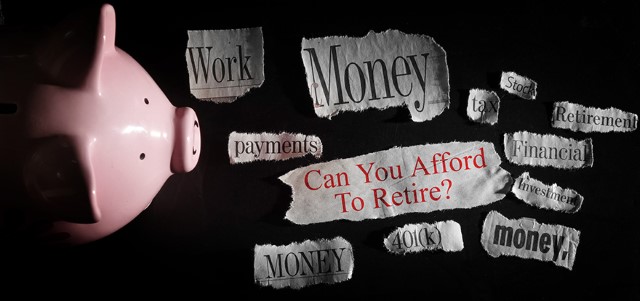Guardrails for Market Volatility

On a regular day, it's easy to ignore the guardrails that line the highway to prevent cars from driving off the road. But when a car swerves suddenly, those simple dividers do a lot to increase safety for motorists.
The securities markets have guardrails, too, against periods of extreme volatility, both in individual securities and in the market as a whole.
Single-Stock Trading Pauses
Trading in individual stocks is sometimes halted or delayed for various reasons. For example, stock exchanges have rules requiring trading in individual stocks to be halted during the trading day or delayed at the beginning of the trading day to allow the market to digest new company information.
The exchanges and FINRA are also participants in something known as the “Limit Up/Limit Down” or “LULD” Plan that is designed to pause trading in individual listed stocks when short-term price swings in those securities reach extreme levels. The LULD Plan is designed to moderate market volatility by preventing large, sudden price moves in individual stocks.
The LULD Plan works by preventing trades in individual stocks from occurring outside a specified “price band.” The price band for a given stock is set at a specified percentage level above and below the average price of the stock over the immediately preceding five-minute trading period, continually calculated on a rolling basis. Generally, if a stock’s price moves to the price band and does not move back within 15 seconds, trading in the stock is paused for five minutes.
The percentages used to calculate the price bands vary depending on the characteristics of the specific stock, as well as the time of day. The idea is that the price bands are tighter for more actively traded stocks than for stocks that may trade more infrequently. Specifically, the percentages that apply during most of the regular trading day are as follows:
- For securities in the S&P 500 or the Russell 1000 Index and some exchange-traded products (ETPs), known collectively as “Tier 1” stocks:
- 5 percent if priced more than $3.00;
- 20 percent if priced between $0.75 and $3.00; and
- The lesser of $0.15 or 75 percent if priced less than $0.75.
- For all other securities (known as “Tier 2” stocks):
- 10 percent if priced at least $3.00;
- 20 percent if priced between $0.75 and $3.00; and
- The lesser of $0.15 or 75 percent if priced less than $0.75.
These percentages apply between 9:30 a.m. and 3:35 p.m. Eastern Time (ET). The percentage parameters are doubled for all Tier 1 stocks, as well as for Tier 2 stocks priced at or below $3.00, between 3:35 p.m. and 4:00 p.m. ET, when trading volume tends to be heaviest.
Information about current trading pauses is published daily by each market. A trading pause must be observed by all other markets and also applies to off-exchange trading of stocks in the over-the-counter (OTC) market. The pause across all markets allows time for buyers and sellers to consider the situation and decide what price makes sense, and to enter orders accordingly. A pause is set to last five minutes, but the listing market for the paused stock can extend it if there is a significant imbalance between buy and sell orders. Other exchanges may resume trading after 10 minutes have passed and then trading can resume in the OTC market.
Market-Wide Circuit Breakers
Sometimes, market-wide volatility is so severe that exchanges and FINRA must halt all trading rather than just pausing activity in one stock. These halts that apply to the entire stock market, known as “market-wide circuit breakers,” may halt trading temporarily or may close the markets before the normal close of the trading session.
The market-wide circuit breakers are triggered by severe market declines, as measured by the decrease in the S&P 500 index from its closing price the previous day. Specifically:
- if the S&P 500 falls 7 percent (Level 1), all trading is halted for 15 minutes;
- if the S&P 500 falls 13 percent (Level 2), all trading is halted for another 15 minutes; and
- if the S&P 500 falls 20 percent (Level 3), all trading is halted for the remainder of the trading day.
The only exception is that if a Level 1 or Level 2 decline happens between 3:25 p.m. and 4:00 p.m. ET, trading is not halted. However, a Level 3 halt occurring at any time will halt trading for the rest of the trading day.





